Ship to: Update

Plants Filter
Current Filters
Mature Height
Sunlight
Plant Type
Nandina
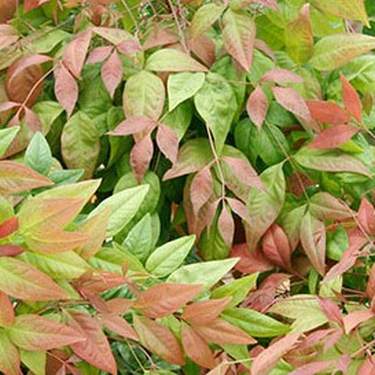
Blush Pink Nandina
Out of Stock
30% Off
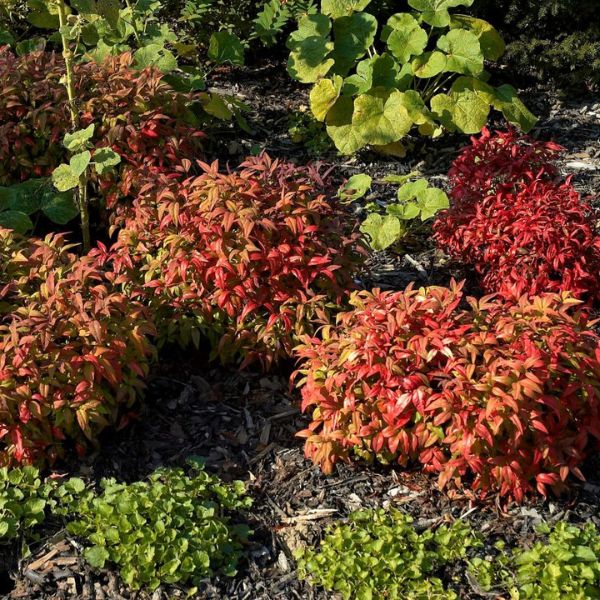
Firepower Nandina
Out of Stock
30% Off
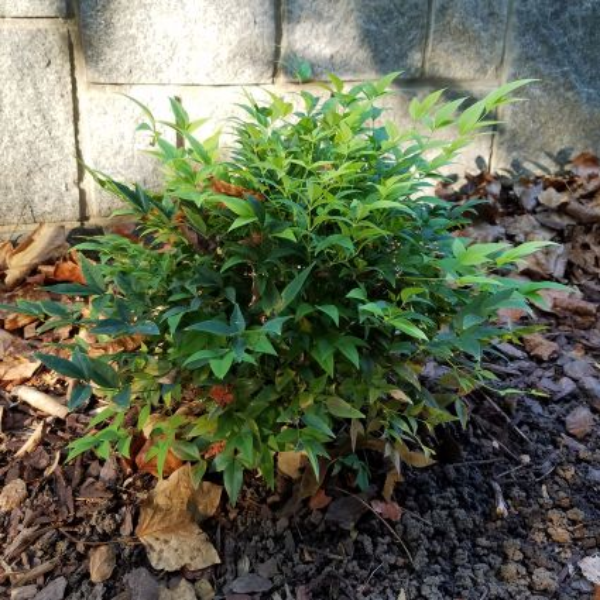
Lemon Lime Nandina
Out of Stock
30% Off

Nandina 'Fire Power' - Plant With Purpose
Out of Stock
30% Off
Nandina
Nandina, also known as Heavenly Bamboo or Sacred Bamboo, is a genus of evergreen or semi-evergreen shrubs native to eastern Asia, particularly China and Japan. Despite its common names, nandina is not related to bamboo; it belongs to the Berberidaceae family. Nandina shrubs are prized for their attractive foliage, which varies in color throughout the year, and clusters of bright red berries that persist into the winter months. The leaves are pinnately compound and resemble bamboo leaves, which contributes to its common name. Nandina shrubs are versatile, adding ornamental beauty and interest to gardens and landscapes.
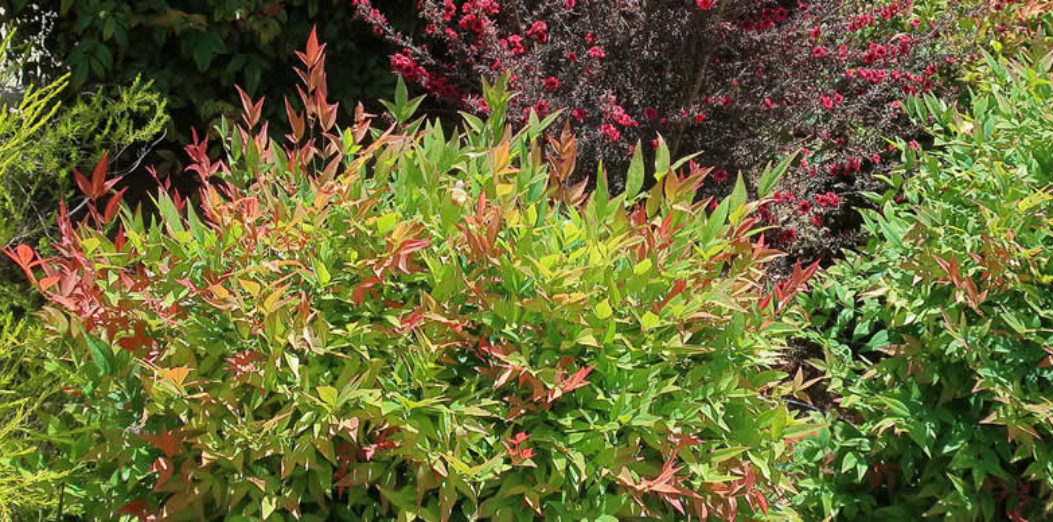
Common Types: Some popular varieties and species of nandina shrubs include:
- Nandina domestica: The most common and widely cultivated species with various cultivars offering different leaf colors and sizes.
- Nandina domestica 'Firepower': A dwarf variety with bright red new growth that matures to green, and it also produces red berries.
- Nandina domestica 'Gulf Stream': A compact variety with blue-green foliage that turns reddish-bronze in winter.
- Nandina domestica 'Moon Bay': Another compact variety with bluish-green leaves.
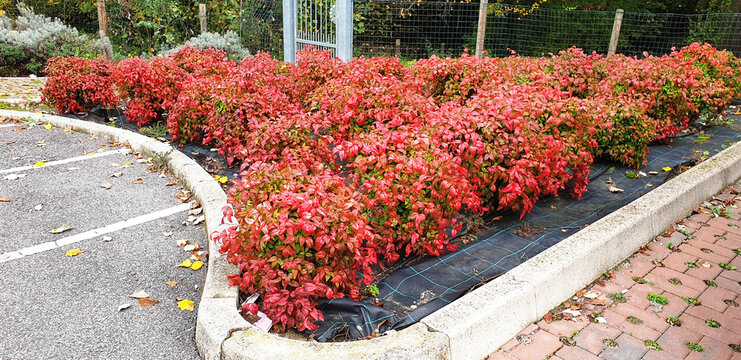
Care Tips:
- Sunlight: Nandina shrubs prefer full sun to partial shade. They can tolerate different light conditions but usually display better coloration with more sun exposure.
- Soil: Well-draining, fertile soil is ideal for nandina shrubs. They can tolerate various soil types but prefer good drainage.
- Watering: Keep the soil consistently moist, especially during the establishment phase. Once established, nandina shrubs are relatively drought-tolerant.
- Mulching: Applying a layer of organic mulch around the base of the shrubs helps retain soil moisture and regulates temperature.
- Pruning: Prune nandina shrubs as needed to maintain their shape and remove dead or diseased branches. They tolerate heavy pruning well.
- Fertilization: Nandina shrubs generally don't require heavy fertilization. A balanced fertilizer applied in the spring can support healthy growth.
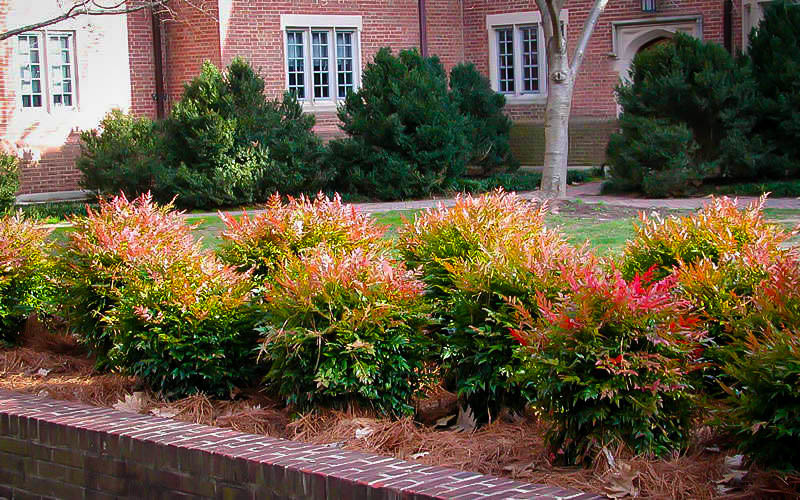
Uses:
- Ornamental Shrubs: Nandina shrubs are primarily grown for their ornamental value in gardens and landscapes, providing year-round interest with their colorful foliage and berries.
- Hedges and Borders: Some varieties of nandina, like Nandina domestica, can be used to create attractive hedges and borders in gardens.
- Containers: Dwarf nandina varieties are suitable for container gardening, adding beauty to patios and small spaces.
- Wildlife Attraction: The berries of nandina shrubs are attractive to birds, making them beneficial for supporting local ecosystems.
Nandina shrubs are appreciated for their versatility, adding beauty, and architectural interest to landscapes. They are relatively low-maintenance plants, making them suitable for various gardening skill levels. Nandina's unique foliage and colorful berries make it an excellent choice for enhancing garden aesthetics and attracting wildlife. Whether used as single specimens, hedges, or container plants, nandina shrubs bring a touch of elegance and charm to outdoor spaces. However, it's important to note that the berries of nandina can be toxic if ingested, so caution should be exercised in areas frequented by children and pets.
Item has been added to your cart.

